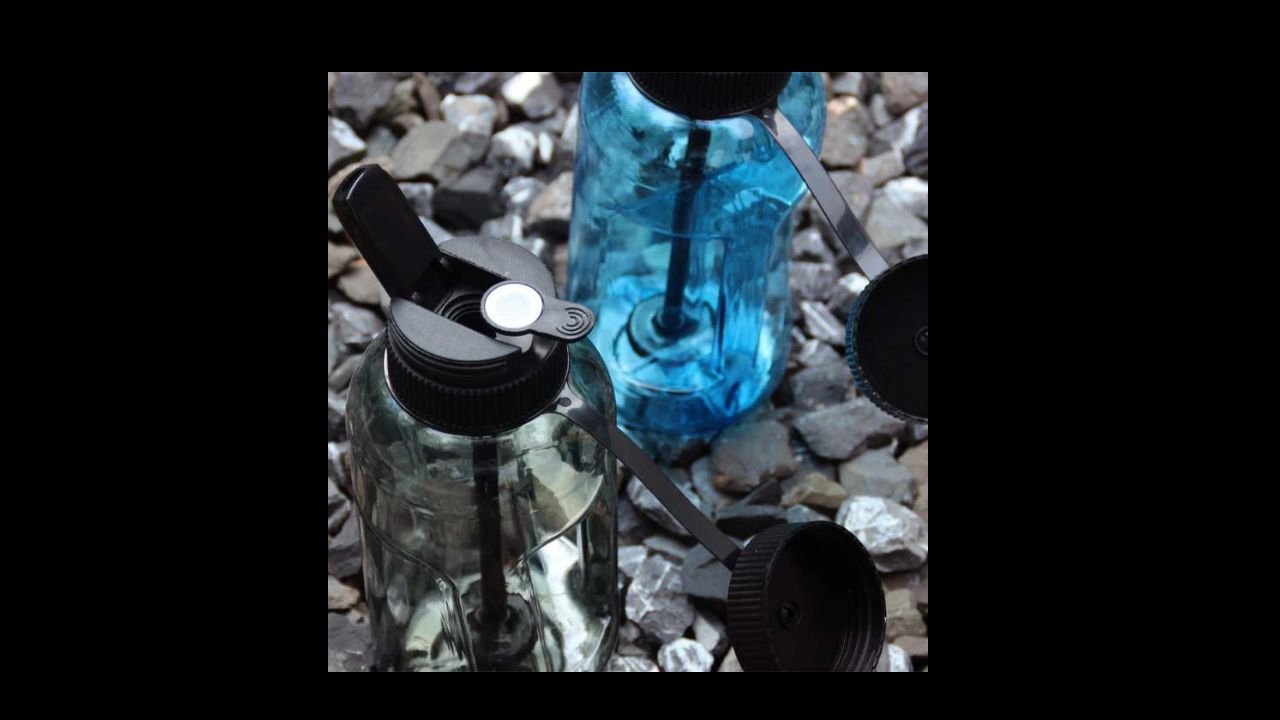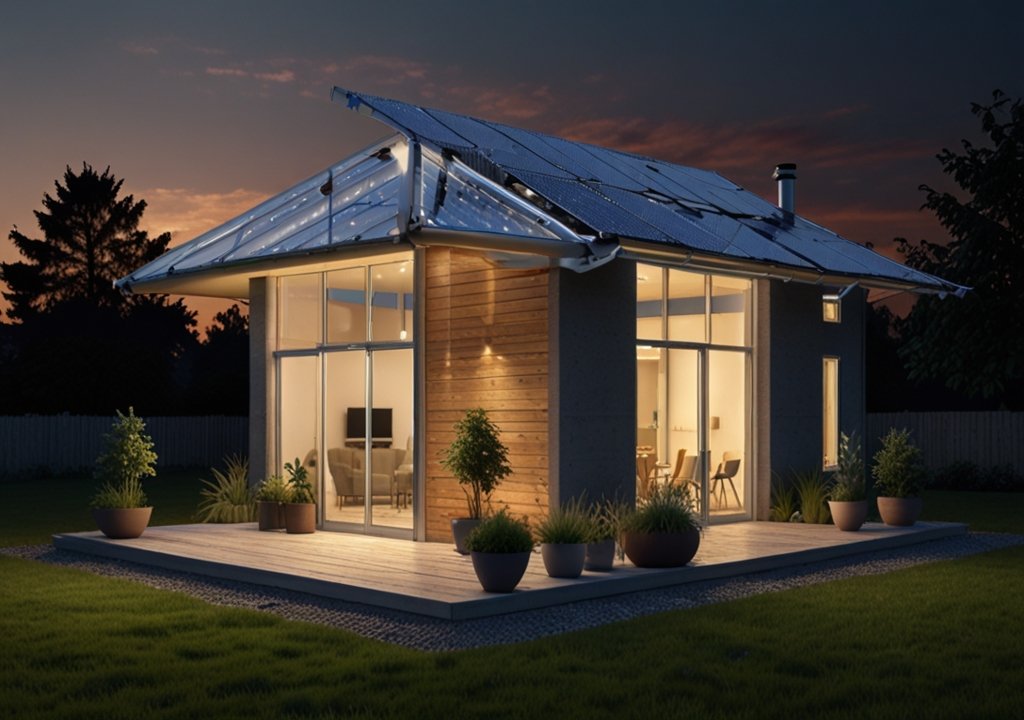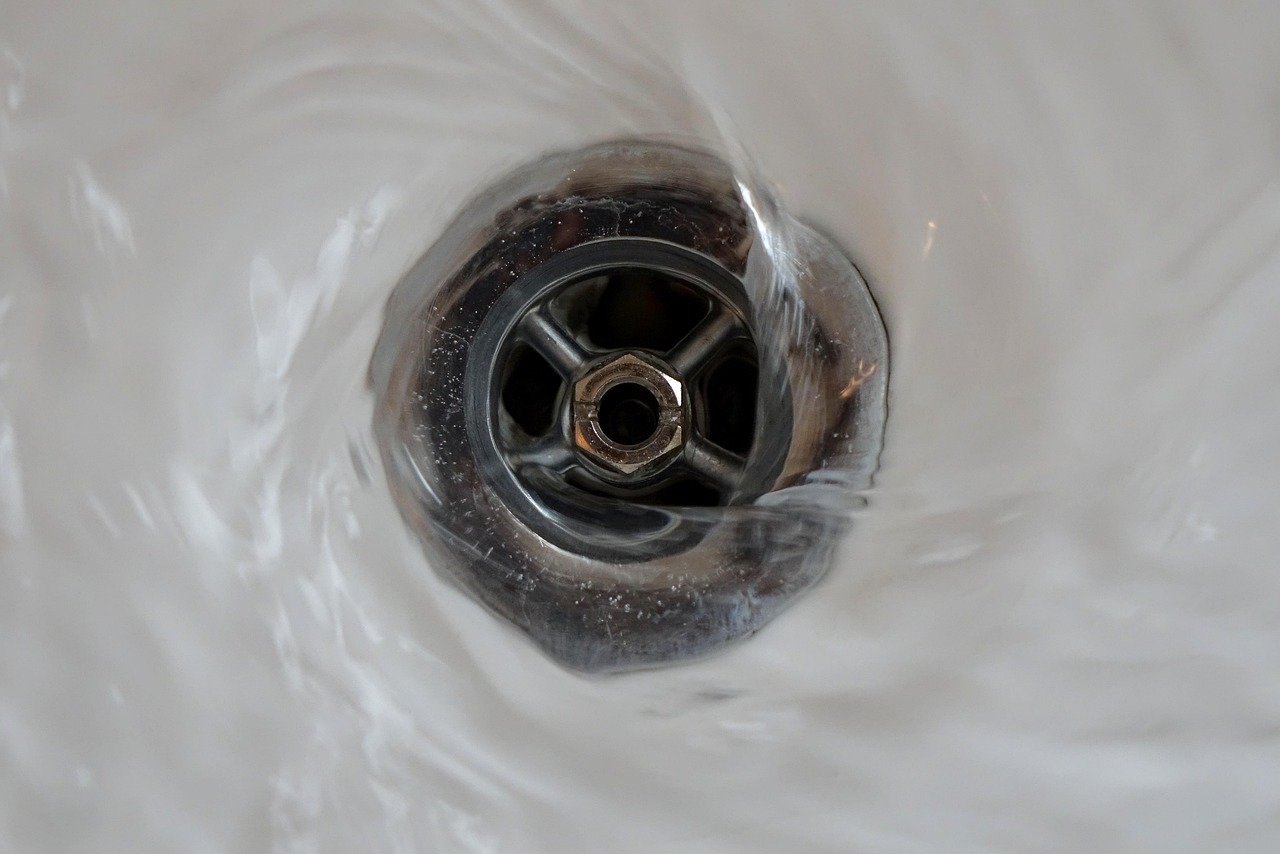Water bottle bongs are a novel and well-liked smoking accessory in recent years. Everything you need to know about water bottle bongs—from how they operate to the finest techniques for creating and using them—will be covered in this book. We’ll go into great detail about their advantages, variances, and safety concerns to make sure you have a thorough grasp of this unusual smoking tool.
What is a Water Bottle Bong?
A water bottle bong is a homemade or DIY smoking device that uses a standard water bottle as its base. It functions similarly to a traditional bong but is often more accessible and customizable. The concept is simple: the water bottle acts as the chamber where smoke is filtered and cooled before being inhaled.
Key Components
- Water Bottle: The main component that holds the smoke and water.
- Downstem: A tube that extends from the top of the water bottle into the water. This is where the smoke travels.
- Bowl: The part where you place your smoking material.
- Air Hole: An opening used to inhale the smoke.
How Does a Water Bottle Bong Work?
Basic Functionality
- Filling with Water: The water bottle is filled with a small amount of water. This helps cool the smoke and filter out some impurities.
- Adding the Downstem and Bowl: The downstem is inserted into the water bottle, with the bowl placed at the end of the downstem. When you light the material in the bowl, smoke is drawn through the downstem and into the water.
- Inhaling: As the smoke passes through the water, it gets cooled and filtered. You inhale through the top of the bottle, drawing the smoke into your lungs.
Advantages of Using a Water Bottle Bong
- Cost-Effective: Often made from easily available materials, making it a budget-friendly option.
- Customizable: You can easily modify the design to suit your preferences.
- Portable: Lightweight and easy to carry around.
How to Make a Water Bottle Bong
Materials Needed
- A plastic water bottle
- A downstem (can be a pen tube or a similar object)
- A bowl (can be a metal socket or a similar object)
- Scissors or a knife
- Drill or sharp tool (to make holes)
- Tape or glue (for sealing)
Step-by-Step Instructions
- Prepare the Water Bottle: Start with an empty plastic water bottle. Make sure it’s clean and dry.
- Create the Downstem Hole: Use a drill or sharp tool to make a hole near the bottom of the bottle. The hole should be just big enough for the downstem to fit snugly.
- Insert the Downstem: Place the downstem through the hole so that it reaches just above the water level when the bottle is filled.
- Add the Bowl: Attach the bowl to the top end of the downstem. Ensure it’s securely fastened.
- Seal the Holes: Use tape or glue around the holes to prevent any leaks.
- Fill with Water: Add enough water to cover the end of the downstem inside the bottle.
- Test Your Bong: Light your material in the bowl, and inhale through the top of the bottle to make sure everything works correctly.
Variations of Water Bottle Bongs
Gravity Bong
A gravity bong uses water and gravity to create a high-pressure effect, pulling smoke into the chamber. It’s typically made using a larger container and a smaller bottle.
Percolator Bong
A percolator bong features additional filtering mechanisms, often built into the downstem or as a separate chamber, for enhanced smoke filtration.
Ice Bong
An ice bong includes a section where you can add ice cubes, further cooling the smoke for a smoother hit.
Benefits of Using a Water Bottle Bong
Enhanced Filtering
Water bottle bongs filter out some of the harmful impurities and toxins present in smoke, providing a cleaner smoking experience.
Cooler Smoke
The water cools down the smoke, making it less harsh on your throat and lungs.
Easy to Build
Building a water bottle bong is straightforward and doesn’t require specialized tools or materials.
Customizable
You can personalize your water bottle bong by changing the size of the bottle, the type of downstem, or the design of the bowl.
Safety Considerations
Material Safety
- Avoid Toxic Materials: Use food-grade materials where possible, and avoid using plastic parts that may release harmful chemicals when heated.
- Ensure Proper Sealing: Leaks can cause problems, so make sure all parts are securely sealed.
Cleaning and Maintenance
- Regular Cleaning: Clean your water bottle bong regularly to prevent resin buildup and maintain its performance.
- Use Safe Cleaning Solutions: Use mild soap and water or specialized bong cleaning solutions.
Legal Considerations
- Know Your Local Laws: The legality of using or making a water bottle bong can vary by location. Be sure to understand and comply with local regulations.
Tips for Using a Water Bottle Bong
Proper Usage
- Don’t Overfill with Water: Too much water can cause the bottle to overflow.
- Use Fresh Water: Change the water frequently to keep the smoke clean and cool.
Enhancing Your Experience
- Try Different Materials: Experiment with different bowls and downstems to find what works best for you.
- Add Flavors: You can add flavored liquids to the water for a different taste.
You May Also Like: The Intricate Legal Battle Involving Spartan Capital Securities LLC Broker Jordan Meadow
Conclusion
A portable, adjustable, and reasonably priced smoking option is provided by water bottle bongs. You can maximize this cutting-edge smoking device by being aware of how they operate, how to create one, and the advantages they offer. Prioritize safety and legality at all times, and enjoy smoking in moderation.
FAQS
What is a water bottle bong and how does it work?
A water bottle bong is a DIY smoking device that uses a plastic water bottle as its main component. It functions similarly to a traditional bong, where smoke is filtered and cooled through water before being inhaled. The setup includes a water bottle filled with a small amount of water, a downstem that extends into the water, and a bowl where the smoking material is placed. When the material is lit, smoke travels through the downstem, gets cooled by the water, and is inhaled through the top of the bottle.
How can I make a water bottle bong at home?
Making a water bottle bong at home is relatively simple. You’ll need a plastic water bottle, a downstem (such as a pen tube), a bowl (like a metal socket), scissors or a knife, and tape or glue. Start by making a hole near the bottom of the bottle for the downstem. Insert the downstem into the hole, making sure it reaches above the water level when the bottle is filled. Attach the bowl to the top of the downstem and seal the holes with tape or glue. Finally, add water to the bottle to complete your bong.
What are the benefits of using a water bottle bong?
- Cost-Effective: They are inexpensive to make with readily available materials.
- Customizable: You can modify the design to fit your preferences.
- Portability: They are lightweight and easy to transport.
- Enhanced Filtration: The water filters out some impurities and cools the smoke, making it smoother and less harsh on the throat and lungs.
Is it safe to use a water bottle bong?
Using a water bottle bong is generally safe if you take certain precautions. Ensure that all components are made from safe, non-toxic materials, and avoid using plastic parts that may release harmful chemicals when heated. Regular cleaning of the bong is also important to prevent resin buildup and maintain its functionality. Additionally, be aware of local laws regarding the use of such devices and always use the bong responsibly.
How often should I clean my water bottle bong?
It is recommended to clean your water bottle bong regularly, ideally after every few uses. Regular cleaning helps prevent resin buildup and keeps the bong functioning properly. To clean it, you can use mild soap and water or specialized bong cleaning solutions. Make sure to rinse the bong thoroughly and let it dry completely before using it again.











